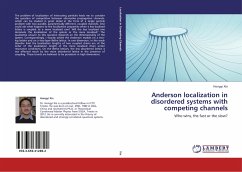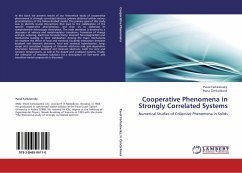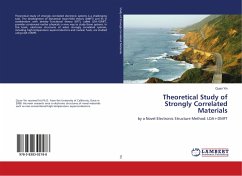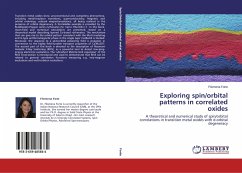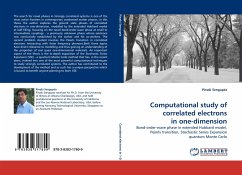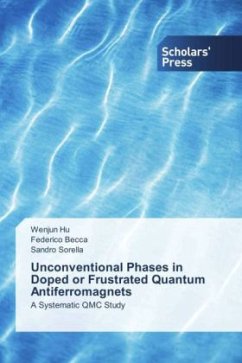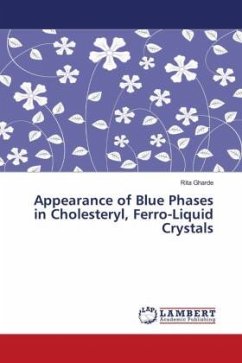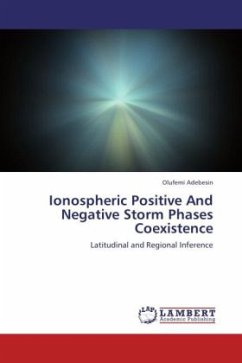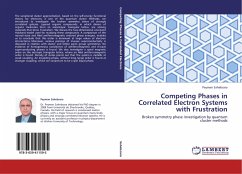
Competing Phases in Correlated Electron Systems with Frustration
Broken symmetry phase investigation by quantum cluster methods
Versandkostenfrei!
Versandfertig in 6-10 Tagen
41,99 €
inkl. MwSt.

PAYBACK Punkte
21 °P sammeln!
The variational cluster approximation, based on the self-energy functional theory for electrons, is one of the quantum cluster methods, we introduced to investigate the broken symmetry states of strongly correlated systems. Layered organic compounds, in which dimers of organic molecules form an anisotropic triangular lattice, are among materials that show frustration. We discuss the two-dimensional one-band Hubbard model used for studying these compounds. A comparison of the normal state and Néel antiferromagnetic ordered phase energies, enables us to conclude that this order is dominant at l...
The variational cluster approximation, based on the self-energy functional theory for electrons, is one of the quantum cluster methods, we introduced to investigate the broken symmetry states of strongly correlated systems. Layered organic compounds, in which dimers of organic molecules form an anisotropic triangular lattice, are among materials that show frustration. We discuss the two-dimensional one-band Hubbard model used for studying these compounds. A comparison of the normal state and Néel antiferromagnetic ordered phase energies, enables us to conclude that this order is dominant at large values of electron interactions. Moreover, various pairings of d-wave superconductivity is discussed in relation with cluster and lattice point group symmetries. No evidence of homogeneous coexistence of antiferromagnetic and d-wave superconducting phases is found. We also investigate a spiral magnetic order on the isotropic triangular lattice, where no Néel antiferromagnetic order is found. Density of states points out that the system is metallic at weak coupling. An insulating phase, without long-range order is found at stronger coupling, which we conjecture to be a spin liquid phase.



